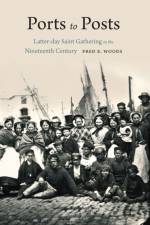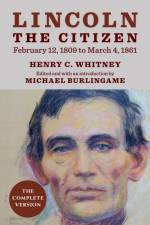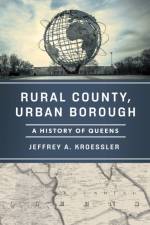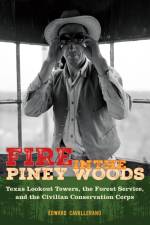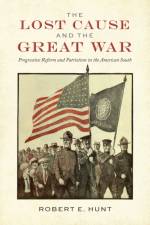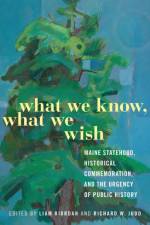av Edward Cavallerano
597
"Fire lookout towers are enjoying a retrospective rebirth, attracting the curious and the adventurous, as Americans seeking escape for moments of solitude rediscover the structures' national significance. Though the Civilian Conservation Corps' national fire control policies and reforestation efforts have been covered elsewhere, each state's legacy is as unique as its people, forest conditions, traditions, and legislative history. In Texas, what emerges is a story that shaped national policies and examines the ethos of a generation. Edward Cavallerano's Fire in the Piney Woods develops several parallel stories. The first describes the Piney Woods and the antecedent conditions that necessitated fire prevention, forest fire detection, and the development of Texas' fire lookout network. Second, through collected stories, poetry, and primary accounts, it pays tribute to a generation of Civilian Conservation Corps enrollees, foresters, surveyors, and dedicated, self-sufficient lookouts who redeveloped or protected the forestlands of Texas and educated rural communities about the value of their natural resources. Finally, it describes the location and design of the lookout towers and associated structures in Texas by consolidating a decade of observations. In this effort, Cavallerano introduces methodologies to assess tower characteristics that may be useful to workers in other regions. Taken together, the book shares an appreciation of the past and celebrates the heritage these sites still possess. Fire in the Piney Woods preserves the history of forest fire protection in Texas, enhances readers' recreational experiences, and builds a compelling case among Texans to preserve the lookout towers that still stand"--



